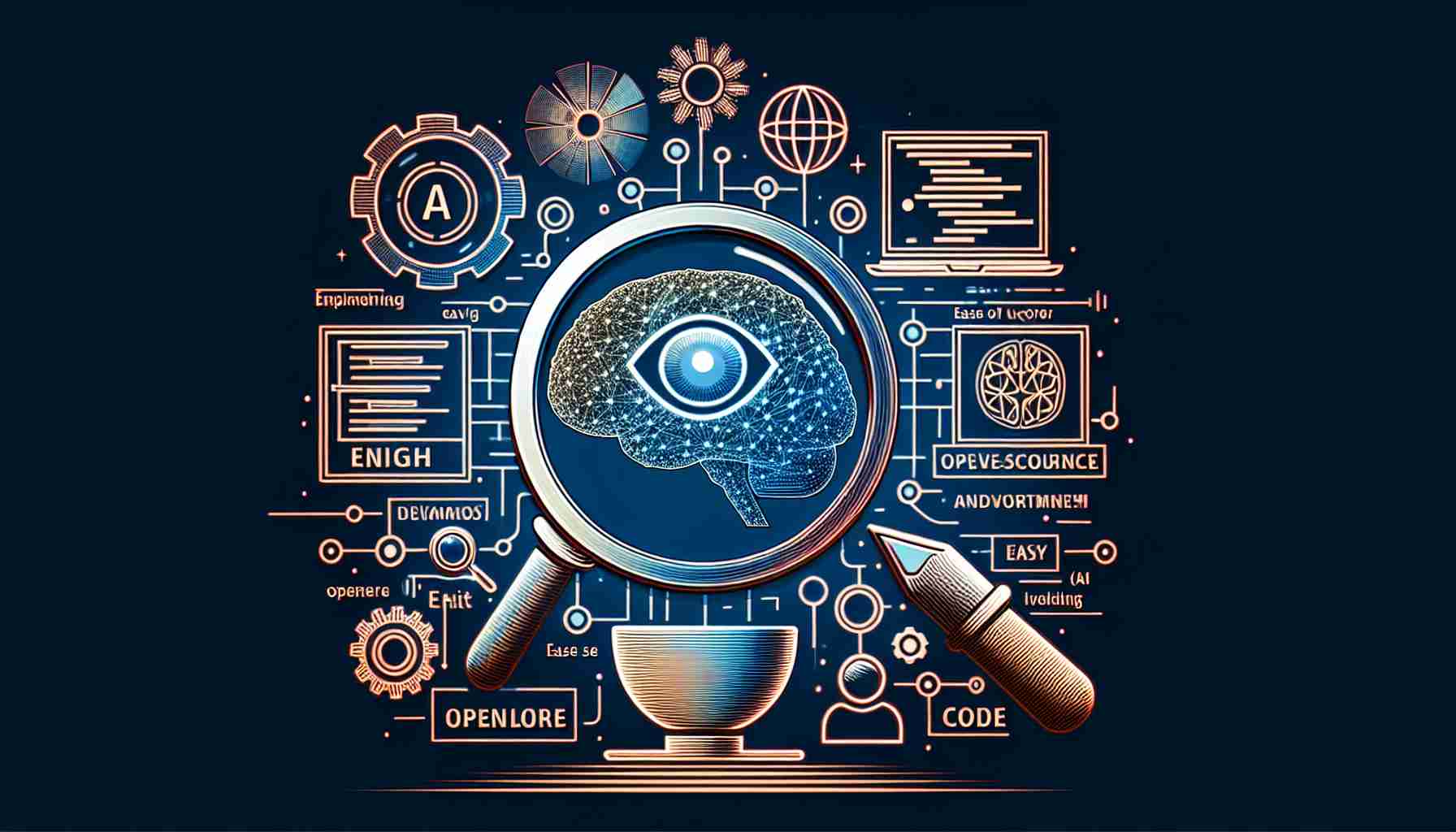In a groundbreaking move, Elon Musk’s AI tool, Grok, has been released as open source, providing developers and researchers with unprecedented access to its underlying model. Founded by Musk and owned by xAI, Grok marks Musk’s second venture into the realm of artificial intelligence, following his involvement with OpenAI.
Named “Grok-1,” the open release of this AI tool includes the weights and network architecture of its innovative model, known as Mixture-of-Experts. Unlike other models, Grok has not been fine-tuned for any specific purpose, such as dialogue, allowing users the freedom to explore and build upon it for various applications.
By utilizing the Apache 2.0 license, Grok permits commercial use and distribution. However, it should be noted that no warranty or liability is provided, and the tool cannot be trademarked. In the spirit of open source, developers are required to respect the original license and copyright notice, while also documenting any changes they make to the code.
Although the AI tool’s code is now accessible, the training data it was fed on during its development has not been made public. This means that users cannot access the specific data that influenced Grok’s learning process. Additionally, the tool does not provide real-time data from X (formerly known as Twitter), unless users are paying subscribers to the platform.
Grok, which was completed in October of last year, was developed using JAX and Rust, serving as the foundation for its custom training stack. What sets Grok apart is its unique approach to neural networks. By utilizing only a quarter of its weights per token, the tool aims to maximize efficiency and effectiveness, potentially outperforming its competitors.
This move to open source Grok represents a significant shift in the AI landscape, empowering developers and researchers from all walks of life to contribute to its future iterations. The potential applications and breakthroughs that may arise from this move are limitless.
Frequently Asked Questions (FAQ)
What is Grok?
Grok is an AI tool that was founded by Elon Musk and owned by xAI. It utilizes a unique approach to neural networks and aims to maximize efficiency and effectiveness.
What does the open source release of Grok mean?
The open source release of Grok allows developers and researchers to access its underlying model and build upon it for various applications.
What is the license for Grok’s open source release?
Grok is released under the Apache 2.0 license, which permits commercial use and distribution. However, no warranty or liability is provided, and the tool cannot be trademarked.
Can users access the training data used for Grok’s development?
No, the training data used for Grok’s development is not made available to users.
What programming languages were used to develop Grok?
Grok was developed using JAX and Rust as the foundation for its custom training stack.
How does Grok differ from other AI models?
Grok takes a novel approach to neural networks by utilizing only a quarter of its weights per token, aiming to maximize efficiency and effectiveness.
The open source release of Grok represents a significant development in the artificial intelligence (AI) industry. It allows developers and researchers unprecedented access to the underlying model of Grok, enabling them to explore and build upon it for various applications. This move empowers individuals from all walks of life to contribute to the future iterations of Grok, potentially leading to new breakthroughs and advancements in the field of AI.
Grok, founded by Elon Musk and owned by xAI, utilizes a unique approach to neural networks. Unlike other models, Grok employs a Mixture-of-Experts model with only a quarter of its weights per token. This approach aims to maximize efficiency and effectiveness, potentially outperforming its competitors in accuracy and performance.
The open source release of Grok is made possible through the use of the Apache 2.0 license. This license permits commercial use and distribution of Grok, allowing developers to harness its capabilities for their projects. However, it should be noted that the tool cannot be trademarked, and no warranty or liability is provided.
While the code of Grok is accessible through the open source release, the training data it was fed on during development is not made public. This means that users cannot access the specific data that influenced Grok’s learning process. Additionally, the tool does not provide real-time data from X (formerly known as Twitter), unless users are paying subscribers to the platform.
To develop Grok, the team utilized JAX and Rust as the programming languages, forming the foundation for its custom training stack. This combination of technologies allowed for the creation of a powerful and efficient AI tool.
In conclusion, the open source release of Grok opens up new possibilities for developers and researchers in the AI industry. By providing access to its underlying model, Grok enables individuals to build upon its innovative approach to neural networks. With its potential for increased efficiency and effectiveness, Grok has the potential to make significant contributions to the field of artificial intelligence.
Please find more information about the AI industry and related topics at the following links:
– AI and HR industry perspectives on current challenges and future impact
– The pros and cons of adopting artificial intelligence in business
– Artificial intelligence resources and news

